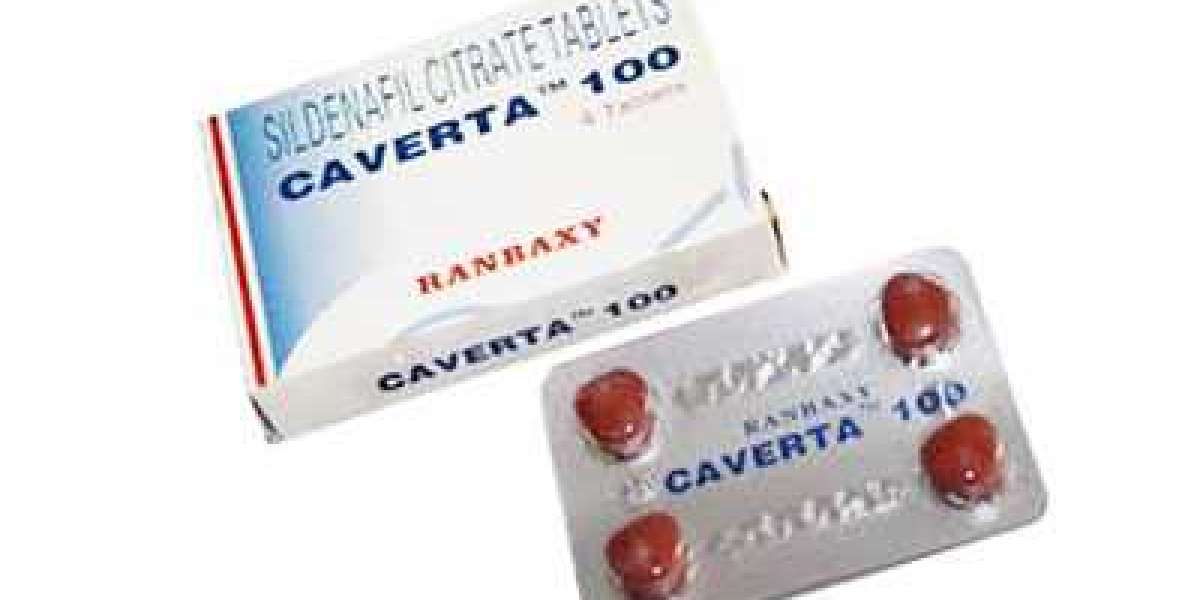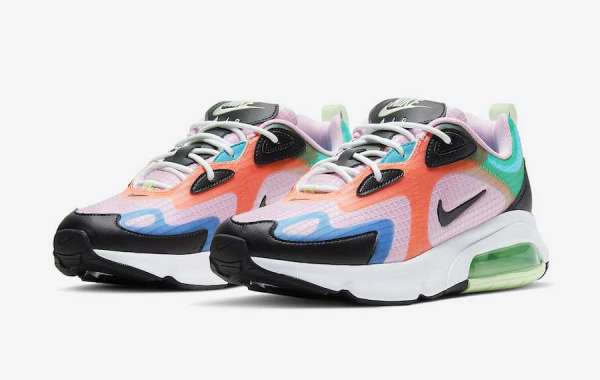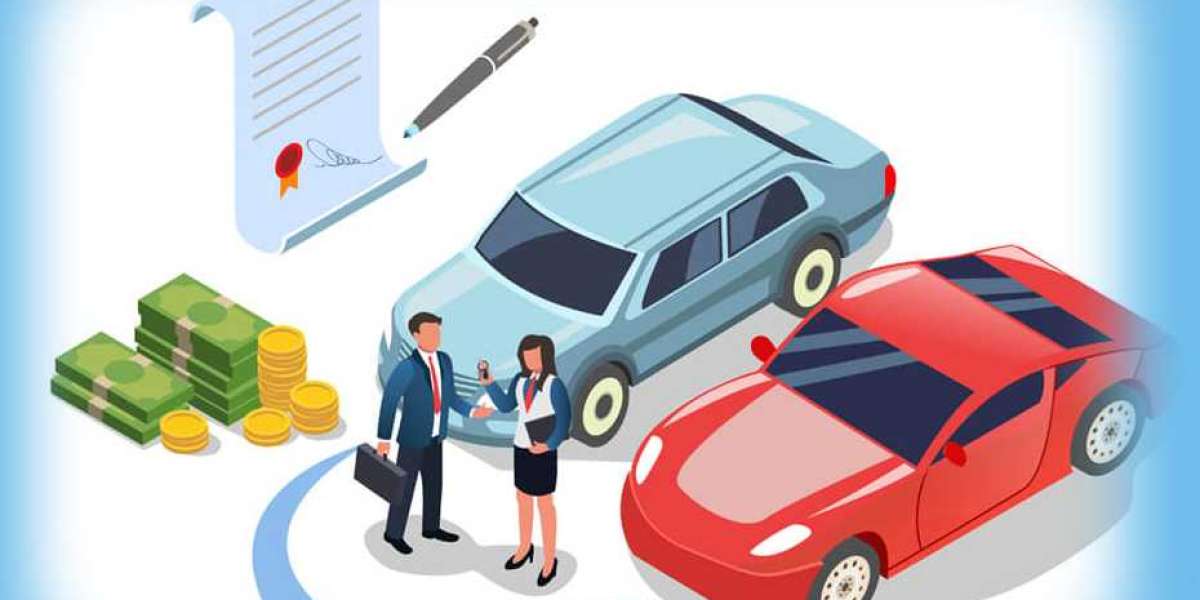Vein disease is quite prevalent in the US with nearly 1 out of every 4 Americans affected. The disease is more common in females and is most often seen with an inheritance pattern. The most visible symptoms of vein disease are spider and varicose veins, however most suffering from vein disease are unaware of the other potential symptoms and signs related to venous insufficiency. Having awareness of typical signs and symptoms of vein disease is important to avoid progression of vein disease and seeking early diagnosis at a reputable vein clinic.
What Should Tip You Off to Vein Disease?
If you have vein disease it is common to experience some of these symptoms
- Leg pain
- Leg heaviness
- Leg cramps
- Spider veins
- Varicose veins
- Skin discoloration
- Restless leg syndrome
- Leg Ulcers
Vein disease is characterized by stages known as the Clinical-Etiology-Anatomy-Pathophysiology (CEAP) with the greatest attention given to the clinical manifestations. This article will help educate the reader on the different stages of vein disease and proper identification to avoid later complications.
CEAP Class 1: Spider VeinsThe presence of Spider or Reticular veins are typically the first signs of venous disease.
What Do Spider Veins Look Like?
Telangectasias (or spider veins) are tiny capillaries right on the surface of the skin. They usually form distinct networks or “webs” and can be either bluish/purple or red in color.
What Do Reticular Veins Look Like?
Reticular veins appear as green or blue linear veins on the surface of the skin. They are smaller than varicose veins and do not bulge from the skin. Many times, reticular veins will be noted to underlie a bed of spider veins and as such are referred to as feeder veins. Getting rid of such spider veins will also depend on treating these feeder (or reticular veins).
What Causes Spider and Reticular Veins?
Venous insufficiency and genetics are the most common culprits. Venous insufficiency refers to dilated and incompetent veins underneath the surface of the skin related to either truncal veins or perforator veins. Venous insufficiency is what is responsible for the symptoms of vein disease. The most common reasons for venous insufficiency are:
- Family history
- Prolonged standing or sitting at work or home
- Pregnancy (multiple increases risks)
- Hormone changes or imbalances
- Obesity
- Smoking
Stage 1 disease is often cosmetic in nature and treated with sclerotherapy or vein removal near me. However, a thorough examination by a qualified vein doctor will consider additional symptoms to explore venous insufficiency before cosmetic treatments.
CEAP Class 2: Varicose VeinsVaricose veins are larger and more dilated veins that appear underneath the surface of the skin as twisted, enlarged veins. It is during Stage Two when individuals become bothered by the appearance and symptoms of vein disease.
- Family history
- Prolonged standing or sitting
- Pregnancy or menopause
- Hormone changes or imbalances
- Obesity
More often than not, spider and reticular veins are treated as a cosmetic issue
Stage Two: Varicose Veins
Varicose veins are larger and more dilated veins ( 3mm) that appear on and above the surface of the skin as twisted, dilated veins. This tends to be the most bothersome sign of vein disease because of the disturbing appearance.
Varicose veins don’t always cause pain or obvious symptoms, but educated patients will realize some of the symptoms may have been considered something else. Proper attention requires a level of understanding that leads to early diagnosis and treatment of venous insufficiency.
Symptoms of Varicose Veins
- Bulging, dark purple or blue veins
- Burning or itchy legs
- Pain and heaviness in the legs
- Restless legs at night
- Charlie horses
- Pain after prolonged periods of standing
- Skin discoloration near the varicose vein
- Superficial phlebitis (inflammation of the vein causing pain)
- Varicose vein bleeding
Causes of Varicose VeinsThe problem involves veins in the lower extremities that suffer from high pressure from within. Naturally, blood pools in these veins due to gravity, resulting in high pressure within the veins. Over time, these vein walls can become damaged from the constant pressure and suffer from venous insufficiency. This is when symptoms such as leg cramps, heaviness, and swelling should no longer be ignored.
Risk FactorsThe risk factors for spider veins and varicose veins are the same. Again, the most important determinant is likely to be a family history of vein disease.
CEAP Class 3: Swelling
Stage three marks more advanced vein disease and is a strong reason to seek an evaluation. Leg Swelling may be present without obvious signs of spider or varicose veins. The cause of swelling is due to venous insufficiency and indicates increased venous pressures. However, swelling is also a sign of other serious conditions such as hypertension, heart failure, renal or liver disease, malnutrition, lymphatic disease and blood clots. These conditions should be properly considered along with venous insufficiency.
Symptoms Accompanying Leg Swelling/Inflammation:
- Leg heaviness
- Skin indented from external pressure (socks, fingertips, etc.)
- Itchy, dry skin
- Muscle spasms
- Leg ulcers due to significant leg swelling
These symptoms should prompt immediate attention from a health professional or your vein doctor.
CEAP Class 4: Skin Discoloration/Pigmentation
At this stage of vein disease, the appearance of your skin as skin becomes thinner and even some discoloration becomes visible. This is due to the chronic venous hypertension and pooling of blood in the lower extremities that leads to inflammatory changes on the skin.
Symptoms of Skin Discoloration
- Brown or purplish discoloration of the skin (concentrated around the shins and ankles)
- Skin thickening and/or hardening around varicose veins
- Corona Phlebatica
- Leg ulcers
For advanced stages of vein disease (CEAP class 4-6), it’s very important to receive attention from a qualified vein specialist and sometimes even a wound clinic to help manage the disease. Treatment for venous insufficiency becomes paramount if detected by ultrasound.
CEAP Class 5 and 6: Healed and Active Ulcers
Leg ulcerations result from the chronic, untreated inflammatory condition that results from advanced venous insufficiency. This stage requires coordinated care from a vein specialist and wound clinic, especially with active ulcerations. Most recently, a randomized study reported in the NEJM demonstrated the superiority of early endovenous ablation treatment for the healing of active ulcers in comparison to conservative treatment. This has encouraged the early identification of superficial venous reflux disease in the treatment of leg ulcers.
Putting It All Together:
Spider veins and Varicose Veins represent a continuum of vein disease that culminates in more serious medical concerns with advanced, untreated venous insufficiency.
Awareness of all types of symptoms related to vein disease, especially in the presence of spider or varicose veins should prompt early attention by a vein doctor.
The importance of identifying vein disease was strongly supported by recent randomized data demonstrating more rapid healing of leg ulcers with modern vein treatments in comparison to compression stockings and delayed ablation.
Modern vein treatments seek to cure underlying venous reflux using catheter based techniques that are minimally-invasive and improved efficacy. Early treatment for symptomatic vein disease at CEAP class 2 or greater is appropriate when conservative therapies have not alleviated symptoms.
article source: https://njveincenter-6stagesofveindisease.pbworks.com/w/page/138635598/FrontPage







